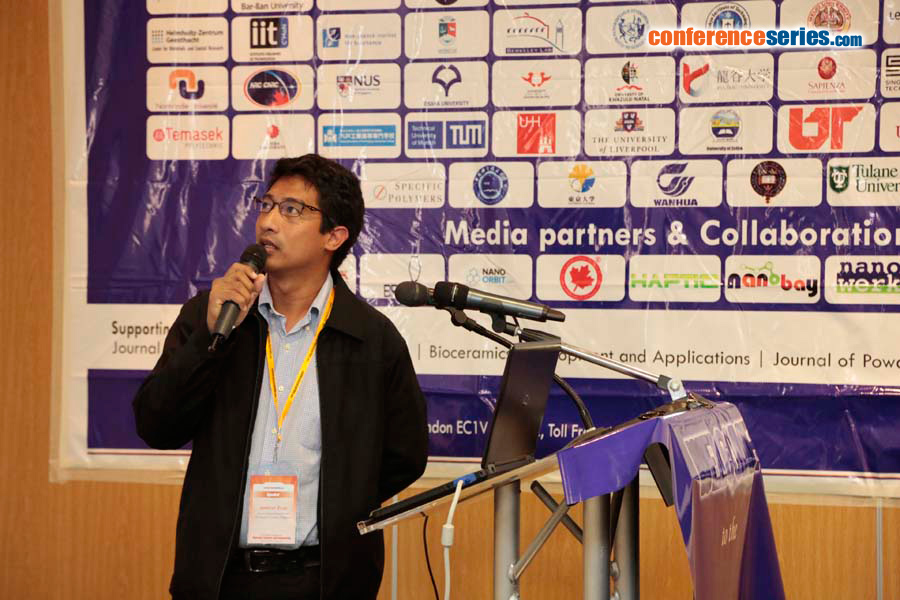
Biography
Biography: Annivar Ryan
Abstract
Nanocellulose is an emerging nanomaterial that is sustainable, renewable, biodegradable and biocompatible. This material can be used for health and green composites applications such as reinforcement materials for high performance nanocomposites, pharmaceutical, chemical and food additives, optically reflective films, high durability varnishes and innovative bio-plastics. Abaca or Manila hemp is one of the most abundant endemic lignocellulosic agro-based fibres in the Philippines which can be an excellent source of nanocellulose. At present, its applications are still limited to cordages, textile, and handicrafts. This study aims to determine the characteristics of nanocrystalline cellulose (NCC) extracted from a disease resistant hybrid variety of abaca fibre that can be used as reinforcement fillers in composite applications. Hybrid abaca fibers were soda pulped and subsequently bleached using HEHEH sequence. Chemical properties of bleached hybrid abaca pulp were comparable with commercial abaca varieties. Different hydrolysis conditions were used to extract NCC from bleached abaca pulp. Acid hydrolysis at 64% sulfuric acid concentration showed that almost all the cellulose has been degraded as observed from the low yield in solid suspension and a brown to dark brown coloration at different reaction time. In contrast, a white cloudy suspension was observed at lower acid concentrations. Chemical and physical processes were conducted to isolate the nanocrystalline cellulose of different acid concentrations acid resulting in a hazy white solution. Among the various acid concentrations, a particle size distribution profile of 23.38 nm using dynamic light scattering technique (Figure 1) was observed from the hydrolysis of abaca pulp at 55% acid concentration reacted for 60 minutes. In addition, a 15% NCC yield with a 0.4% NCC concentration was obtained from the hydrolysis of abaca pulp.



